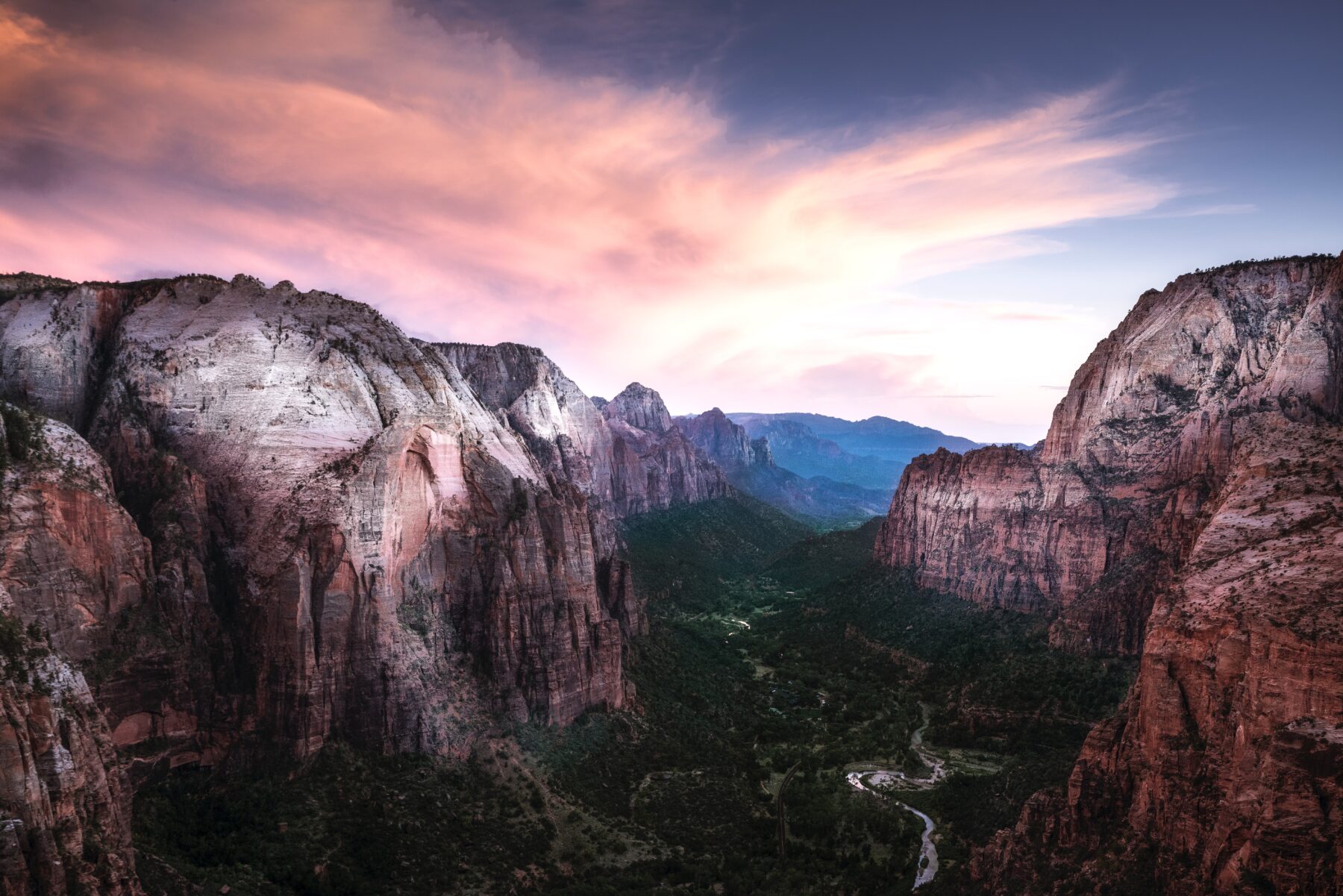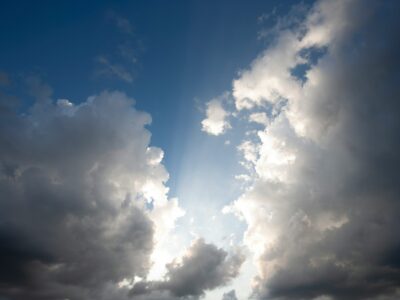If you’ve been following along here at Root & Vine, you know that last summer, to celebrate my 40th birthday, we took our family on an amazing adventure Out West to explore some of our nation’s most beautiful parks. The 18-day road trip circled around the heart of our country, from Ohio to South Dakota to Idaho to Utah to Colorado and then home straight through the center of America. It was a dream of mine to take such a trip, especially in a car, to experience even a segment of our country by roadway, instead of flying over fields and fields and fields of grain.
It’s been six months already since that expedition. Here in the crankiest part of winter, I’m itching for a place to explore, some wild to see, some awe to catch beyond my backyard. I’ve taken a couple of winter walks with my dogs into local parks, which are inspiring on their own, but I’m hungry for a landscape in our world that’s just plain otherworldly.
America’s National Parks
Naturally, I was drawn to the America’s National Parks series on Disney+ because it’s the national parks, but it’s ALSO narrated by Garth Brooks. Who doesn’t love the velvety voice of that country music legend?!
New last year from National Geographic, America’s National Parks highlights the wonders and majesty of the wildest areas left in our nation. It documents the original native occupants of the land where the parks stand today, follows several particularly interesting species that call the parks home, and acknowledges humanity’s efforts to reintroduce and sustain threatened species in their natural habitats. Each episode highlights one of the country’s 63 national parks, beginning with Grand Canyon National Park in Episode 1. So far, I’ve watched this episode, the Badlands, and Yosemite National Park. Of those three, the kids and I only made it to the Badlands last summer. After watching these episodes, we now have two new spots to add to our must-see list.
Finding the Love: Faithifying Your Viewing
The Grand Canyon became a park in 1919 and is the oldest designated national park in the United States, but of course its origins are far older. The canyon’s rock faces expose 1.8 billion years of our planet’s history. The canyon itself is one mile deep, 277 miles long, and 18 miles wide. It’s truly a phenomenal sight to see… one that most visitors glimpse from the top, satisfied with a peek into the canyon below.
In fact, according to Garth, less than 5% of approximately 5.9 million visitors each year venture beyond the rim of the Grand Canyon to explore its 1,902 square miles of wilderness. We were among those 95% of folks who observed the canyon from above when I was a 16 year old, and although I pleaded at other parks, “Please can we just take a little hike?” I don’t think I did any such begging at the Grand Canyon. We were deep enough into our trip for me to exit the back of our minivan, gawk over the edge, watch my brother trip on rocks and give my parents heart attacks, and climb back into the minivan to take another dose of Dramamine.
It was a sleepy trip for me.
Now, that statistic makes me sad. I might as well have stood next to the canyon shrugging my shoulders and declaring to the heavens, “Meh.” Back then, I couldn’t see the big deal—big hole, lots of rocks, scenic overlook, can we go to the hotel pool now?
From the windows of airplanes, and even from the backseats of minivans, it’s easy to see the vastness of the world and be unmoved. It takes stepping into the wilderness to explore even just one mile of 1,902 square miles of a place to begin to appreciate just how small we are, just how huge the world is.
The times when I have been most moved by awe and wonder haven’t happened in a book, in a plane, or through a film. Awe and wonder find me when I have found myself in the wilderness spaces we’ve preserved on our planet, up close and personal. I can feel the grit of ancient minerals underneath my feet. I can place my palm on the rough bark of a tree that offers its shade, that grips the earth, that holds on.
We can’t make anything that can hold a light to the magnificence and age of places like the national parks, even though we house the most complex thing in the universe inside our skulls. Eight billion of the most complex things in the universe walk around making sense out of the creation that we’ve been created from and that we’ll return to, creating technologies that can capture instances and moments of the wildlife that exists around us as lures to woo us into the wilderness. Even the biggest thing we can fathom we can’t really fathom, because then there’s the moon, and the solar system, and the galaxy, and in the middle of this giant canyon we are so miniscule. So irrelevant. So unnecessary. And yet so wonderful. So celebrated. So precious to the God who made us and every living and nonliving thing.
When we venture into places and spaces like the Grand Canyon, we are granted access to “grasp how wide and long and high and deep is the love of Christ, and to know this love that surpasses knowledge—that you may be filled to the measure of all the fullness of God” (Ephesians 3:17-19 NIV). The One who created all things made this canyon and made this videographer and made this condor and made this viewer, watching from the comfort of her living room.
What a wonderful, amazing world. What a wonderful, amazing God.





 Copyright
2024
Root and Vine
Copyright
2024
Root and Vine